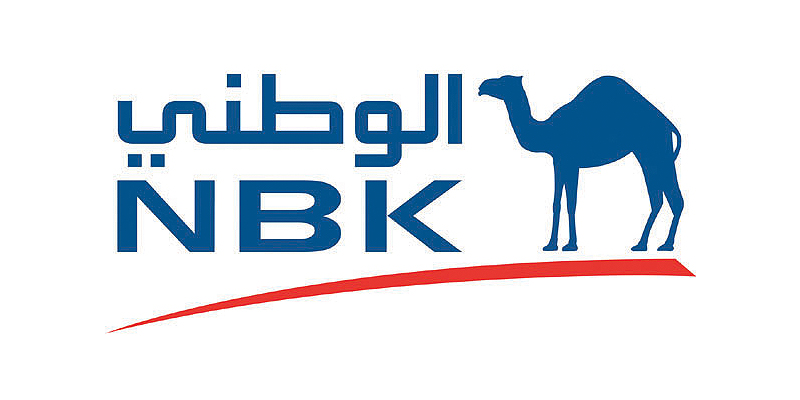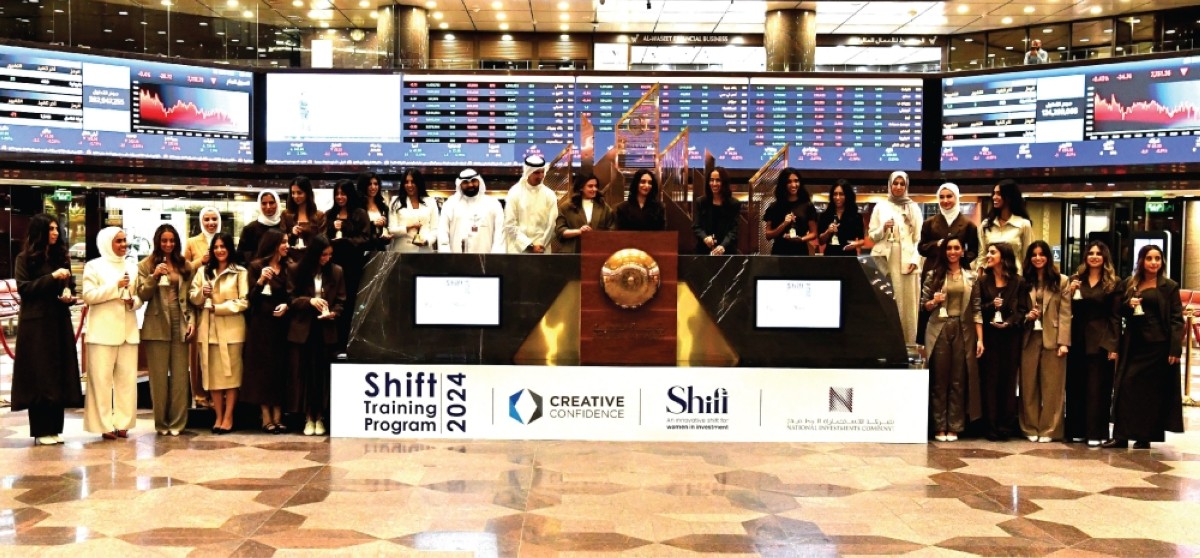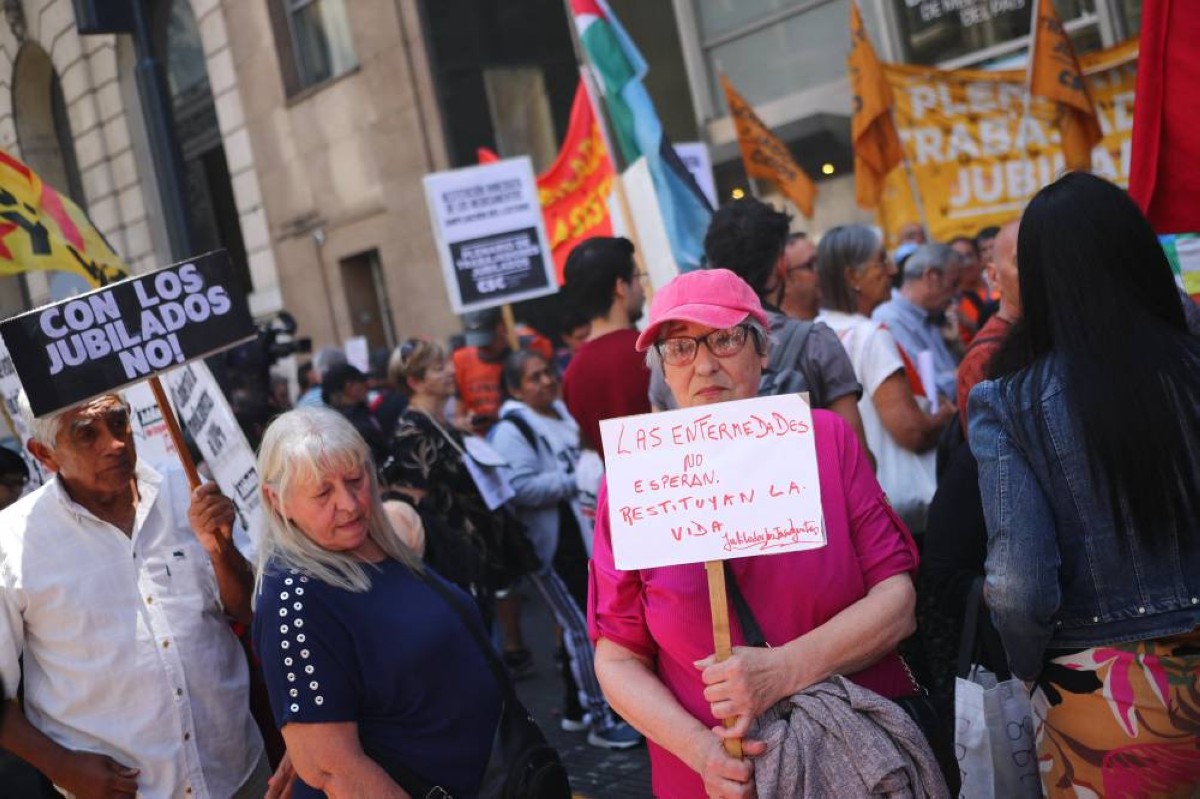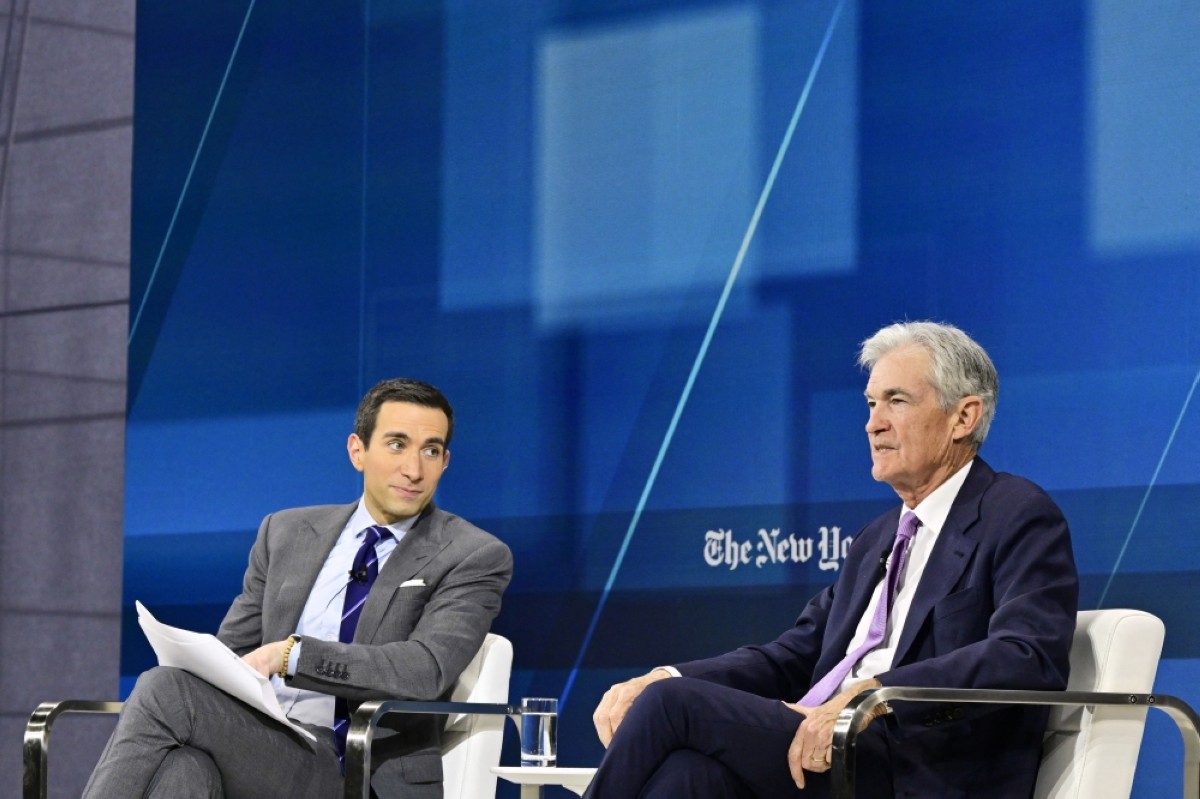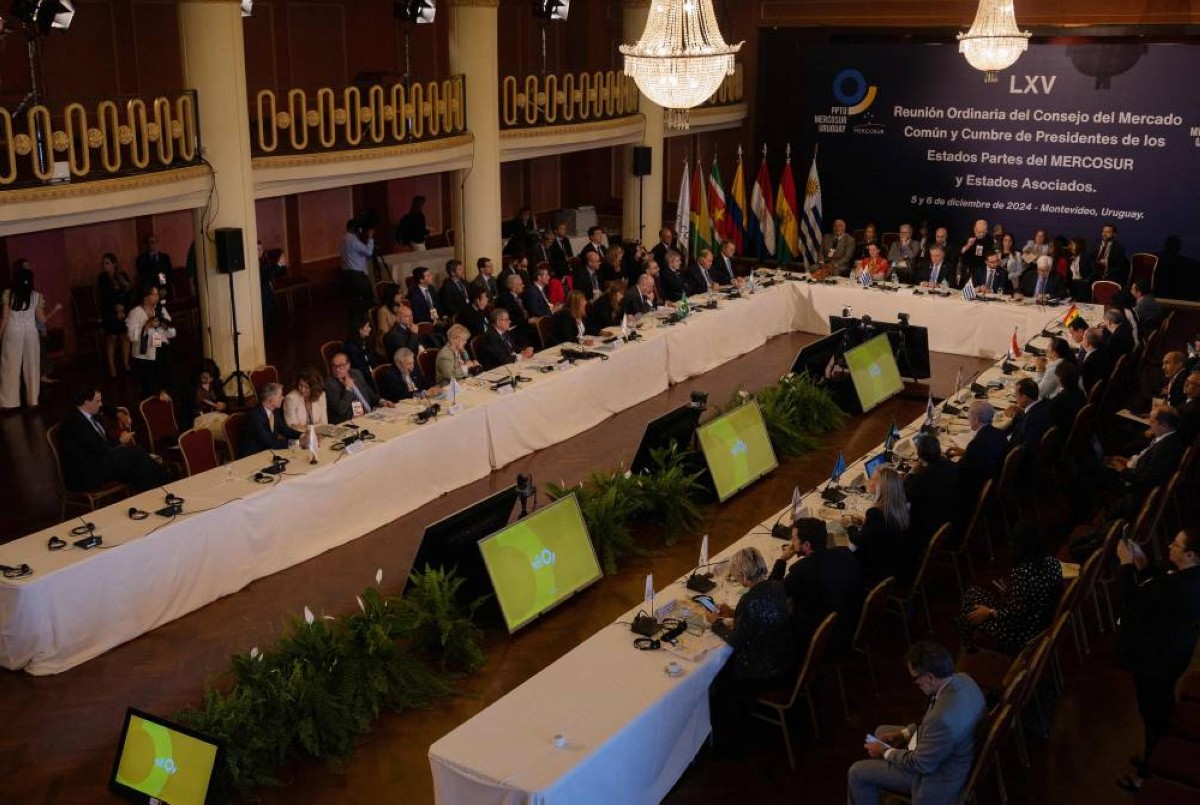US inflation eases but still sizzles
KUWAIT: US headline inflation fell to a lower than expected 4.0% year-on-year in May from 4.9% in April, largely due to lower energy costs and slowing food inflation.

While the headline rate was the lowest since March 2021, core inflation rose 5.3% year-on-year, only a modest improvement from April’s 5.5% reading. Services inflation (excluding energy) remains elevated at 6.6% year-on-year, driven by higher housing and transportation costs. US wholesale inflation also fell more than forecast, due to cheaper gasoline. PPI rose 1.1% year-on-year, the smallest gain since 2020, underscoring a continued easing in supply-side inflation.
Excluding food and energy components, core PPI rose 2.8% from a year ago. PPI has slowed considerably since the middle of last year amid normalizing supply chains, shifting consumer spending preferences towards services, and a broader cooling in costs of key commodities. As widely expected, the Federal Reserve left interest rates unchanged at their June meeting after ten consecutive rate hikes over the past 15 months. The Federal Funds Rate was kept at 5-5.25% unanimously, but officials signaled more hikes are on the cards with some hawkish projections for the economy.
The updated economic forecasts struck a hawkish tone. For Q4 this year, GDP has been revised up from 0.4% year-on-year to 1%, unemployment has been revised down from 4.5% to 4.1%, and the core Personal Consumption Expenditure (PCE) deflator has been revised up from 3.6% to 3.9%. The March dot plot indicates rates had probably peaked, but the June forecasts show that two further rate rises are expected before they reverse course in 2024 with 100bp of rate cuts. Officials’ offered a median forecast of 5.6% in their so-called dot plot for the end of 2023, compared to the 5.1% median released in the March. Mixed economic data and the Fed’s dovish move weighed on the greenback, giving peers room to run. The US Dollar Index closed the week just below 103.
UK: Ticket to tighter times Britain’s labor market tightened unexpectedly in April, as wages shot up and unemployment fell, in another sign that the Bank of England (BoE) has not yet done enough to bring down stubbornly high inflation. The unemployment rate dropped to 3.8% in the three months through April, defying forecasts for an increase to 4%. The number of people employed surpassed pre-pandemic levels for the first time, rising to a record 33.1 million during the quarter. British companies are scrambling to find the staff they need, bidding up pay and bringing down the unemployment rate.
Average earnings increases excluding bonuses rose to the highest ever outside the pandemic, hitting 6.5% year-on-year in the three months through April. Nevertheless, pay is still rising more slowly than inflation, eating into the spending power of consumers and delivering the tightest cost-of-living squeeze in generations. Economic activity bounced back in April as strong growth in the retail and creative industries sectors offset a slowdown in construction and manufacturing. Gross domestic product rose 0.2% after a 0.3% decline in March.
The figures left the economy 0.3% bigger than before the coronavirus hit in 2020. However, according to the data, the GDP rebound in April reflects a reversal of the squeeze in the service sector from poor weather in March rather than a meaningful improvement in the underlying growth trajectory. There were signs of households cutting back on spending in the GDP figures. Higher interest rates and the cost of living have started to bear down on the private housing sector, which was the main cause of a sharp fall in construction. Consumer-facing industries grew monthly, but were still 8.7% below their pre-pandemic levels.
Manufacturing fell 0.3% in April, with pharmaceuticals and computers dragging down the figures. In the service sector, four days of junior doctor strikes caused a 0.9% fall in health and social work activities. The semi-positive start to the second quarter reduces the risk of recession for now. However, bets that the BoE will keep raising interest rates through the summer are adding to the prospect of a downturn later in the year. In the labor market, the figures are a major surprise because the BoE and economists had been expecting the labor market to loosen under the pressure of 12 consecutive interest rate increases. The latest batch of data supports bets the BoE’s will raise rates again at their meeting this month to 4.75%.
The cable gained ground against the dollar, closing the week past the 1.26 range it was in to 1.2821. Europe interest rate rises Germany’s ZEW survey showed an improvement in investor expectations in June. The expectations index rose to -8.5 from -10.7 in May, above the median forecast. However, sentiment around current conditions worsened with manufacturing still firmly in contraction territory. Euro-zone industrial production underwhelmed in April, rising 1% month-on-month after a 3.8% decline in March. The underlying data was not optimistic, leaving a good chance of negative overall production growth in the second quarter. The large countries experienced poor output developments in April.
German production was flat, France posted a small 0.8% increase, but Italy, Spain and the Netherlands experienced contractions. Industrial dynamics provide a mixed picture at best for the sector. New orders, domestic demand, along with global demand have all been weak for some time now. Besides that, the catch-up effects from supply chain disruptions have been fading. Lower energy prices should work favorably from a production perspective, but overall this is not yet resulting in stronger activity so far. Higher borrowing costs are a further headwind to recovery after the economy entered a technical recession in Q1 2023 and digested the tide of rate hikes from the European Central Bank (ECB).
The ECB lifted rates by another 25bps at their June meeting and signaled that their hiking campaign is not over yet. The deposit rate was lifted to 3.5%, the highest level in 22 years. Officials also confirmed that they’ll halt reinvestments under their €3.2 trillion ($3.5 trillion) Asset Purchase Program from next month — another tightening move that was flagged at May’s policy meeting. The decisions were underpinned by fresh quarterly projections suggesting inflation will moderate more slowly than previously envisaged, to 2.2% in 2025. The single currency edged higher after the ECB’s meeting, climbing past 1.08 to close the week at 1.0937.
Stuttering economic growth China’s central bank ramped up its monetary stimulus to help spur the economy amid signs of a weakening property market, a slump in business investment and record joblessness among young people. In an unexpected move, the People’s Bank of China (PBOC) cut its short-term policy interest rate, the seven-day reverse repurchase rate, by 10bps to 1.9%. The reduction in that rate was the first since August 2022. Additionally, the PBOC lowered the rate on its medium-term lending facility (MLF), or one-year loans, by 10bps to 2.65% and provided 237 billion yuan ($33 billion) of medium-term loans, more than the 200 billion yuan maturing later this month.
The cut to the one-year MLF rate was largely expected after the seven-day reverse repurchase rate was reduced by the same magnitude a few days earlier. The two rates are usually adjusted together. The latest batch of official data showed the economy’s recovery lost further momentum in May. Consumer spending is moderating after surging early this year when China dropped pandemic restrictions. Growth in industrial output slowed to 3.5% year-on-year in May from 5.6% in April and retail sales grew 12.7% year-on-year in May, below expectations. Fixed asset investment by private businesses contracted in the first five months of the year.
The unemployment rate remained relatively elevated at 5.2% in May, while the jobless rate for young people between the ages of 16 and 24 rose slightly to 20.8%, a new record high since data became available in 2018. The housing market remains a major drag on growth. Property investment contracted 7.2% in the first five months of the year from the same period in 2022, worse than expected. Construction of new homes plunged more than 22% annually in the period. Home prices rose just 0.1% month-on-month in May, down from 0.3% in April. The National Bureau of Statistics (NBS) said the foundation of the economy’s recovery “is not yet solid,” and focus needs to be on repairing and expanding demand.
The PBOC timed its easing just as the Federal Reserve paused its rate hiking cycle for the first time in 15 months. The widening gap between US and Chinese rates fueled capital outflows and put pressure on yuan, which is down more than 3% against the dollar this year. The offshore yuan closed the week at 7.1251. Japan: The dove doves on Producer prices in Japan slowed for a fifth consecutive month, rising 5.1% year-on-year in May after a revised 5.9% increase in April The rise came as prices of electricity, fuel, nonferrous metals and chemical goods fell, data showed, a sign cost-push pressure that has driven up consumer inflation may be subsiding.
On the other hand, prices of beverage and food goods rose 7.9% in May from a year earlier and those of electric equipment were up 5.5%, the data showed, a sign cost pressures for sectors close to households such as retailers and restaurants were showing little signs of abating. Core machinery orders, a highly volatile data series regarded as a leading indicator of capital spending in the coming six to nine months, rose 5.5% in April from the previous month, the first increase in three months and above the median forecast for a 3.0% gain.
While orders from manufacturers were down 3.0%, an 11.0% growth in service-sector demand drove up the headline figure. On a year-on-year basis, the figure fell 5.9%, versus a forecast for a decline of 8.0%. The Bank of Japan (BoJ) maintained its ultra-easy monetary-policy on Friday despite stronger-than-expected inflation and signs of wage growth. It kept the short-term interest rate at -0.10% and set a 0% cap on the 10-year yield under its yield curve control (YCC) policy. It signaled it will remain a dovish outlier and focus on supporting a fragile economic recovery. The BoJ also reiterated its view that inflation will slow this year and pledged to sustain stimulus.
“We expect trend inflation to heighten as economic activity strengthens and the labor market tightens. But there’s very high uncertainty on next year’s wage negotiations and the sustainability of wage growth,” BoJ Governor Kazuo Ueda told a briefing. The yen fell broadly following the BoJ’s announcement, closing the week at 141.82. Labor market still sizzling The Australian labor market figures made an extraordinarily strong report in May, blowing past expectations. The Australian Bureau of Statistics (ABS) showed net employment rose by 75,900 in May from April, higher than market forecasts for a rise of 15,000 jobs. The jobless rate edged back to near 50-year lows at 3.6%, when analysts had expected a steady 3.7%.
The participation rate climbed to a record high of 66.9% from 66.7%, thanks to a greater share of women entering the labor force. Full-time employment rebounded 61,700 from April when it fell by a revised 28,600. The broad strength of the report adds pressure on the Reserve Bank of Australia (RBA) has more work to do to tame inflation, even after tightening by 400 basis points to an 11-year high of 4.1% and a surprise rise earlier this month. The robustness of the labor market over 2023 to date is undeniable and suggests some ongoing momentum in the economy. The Aussie made a notable gain rising from the 0.6700 region to close the week at 0.6879.



